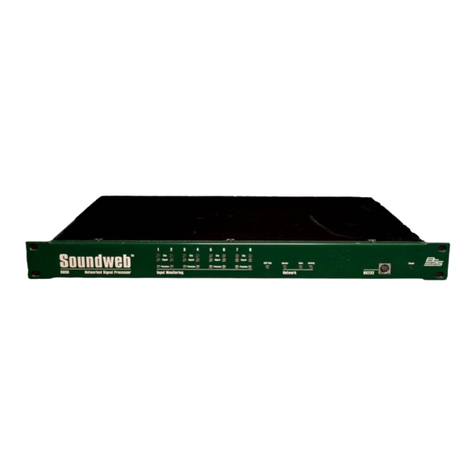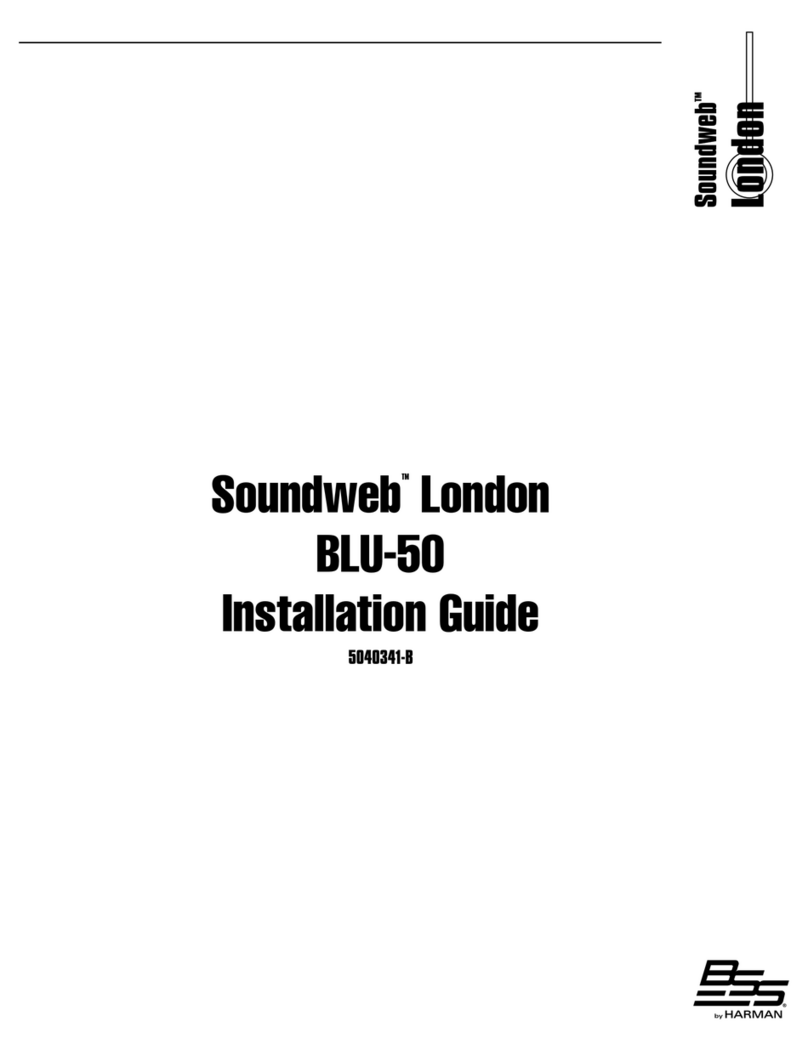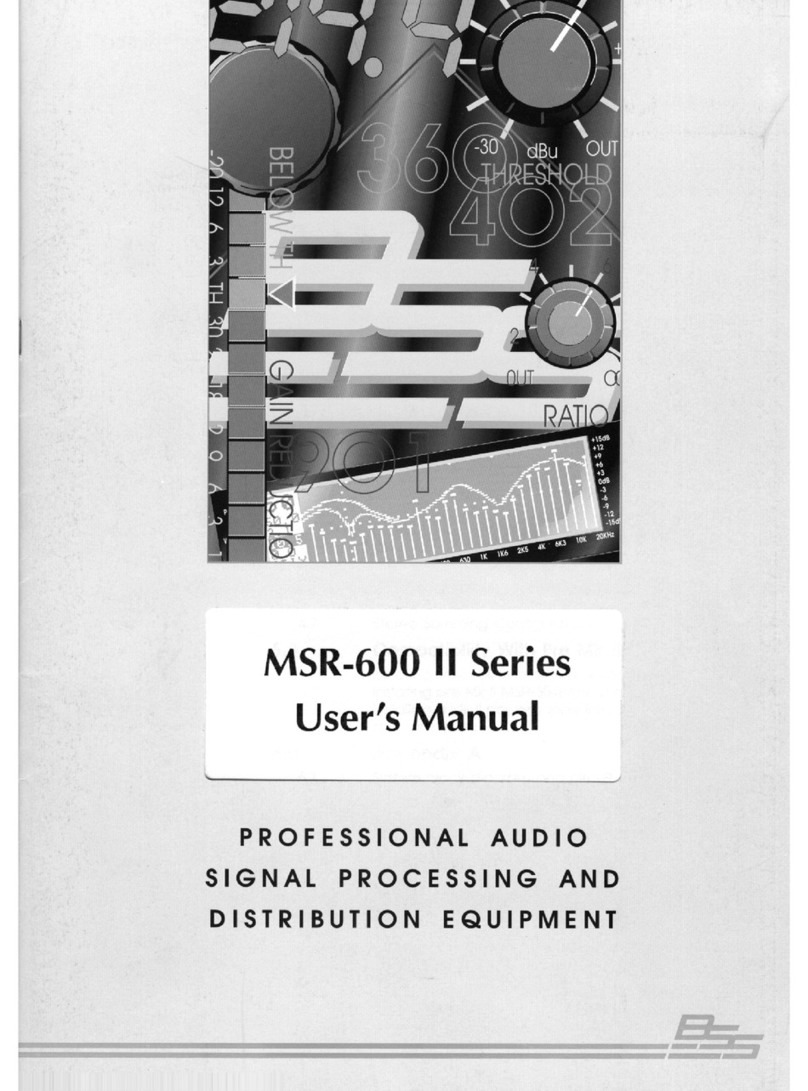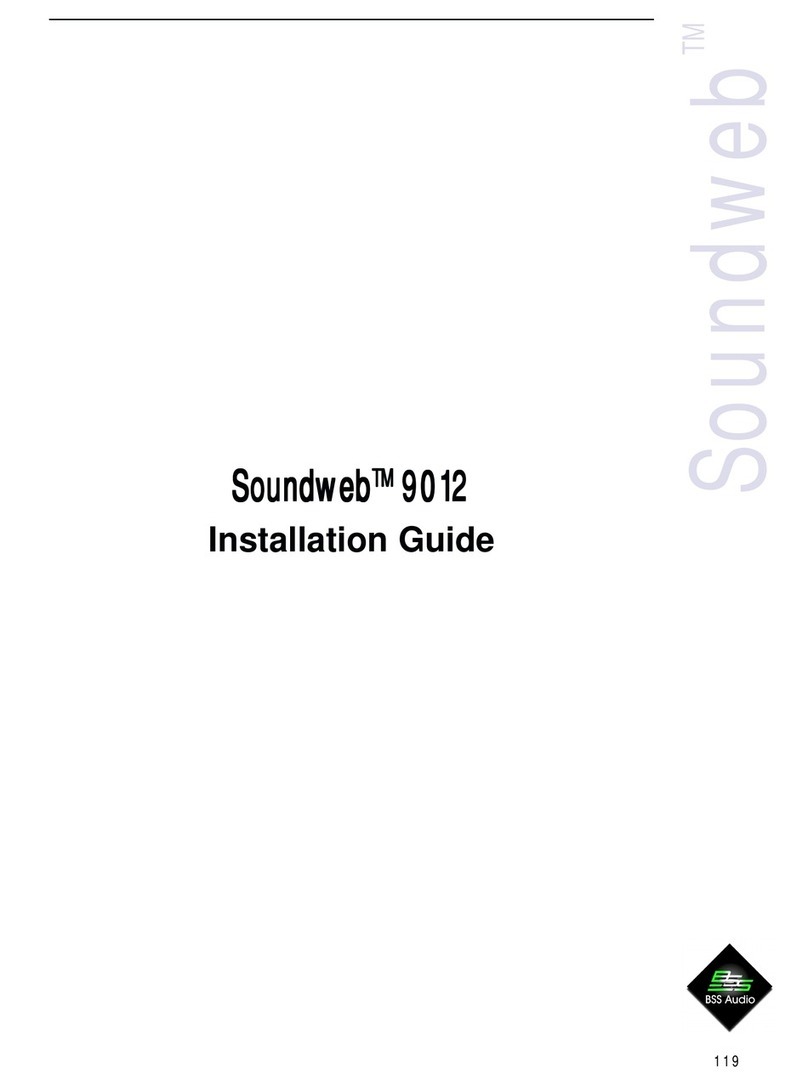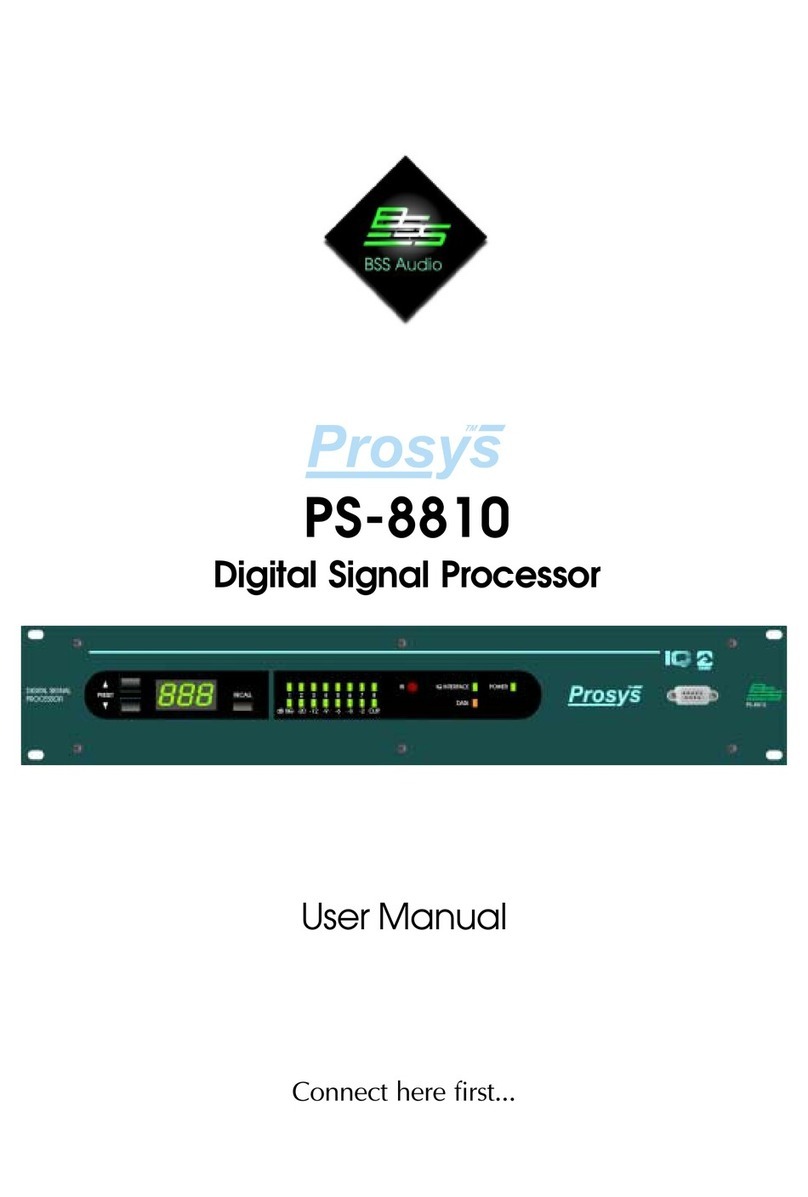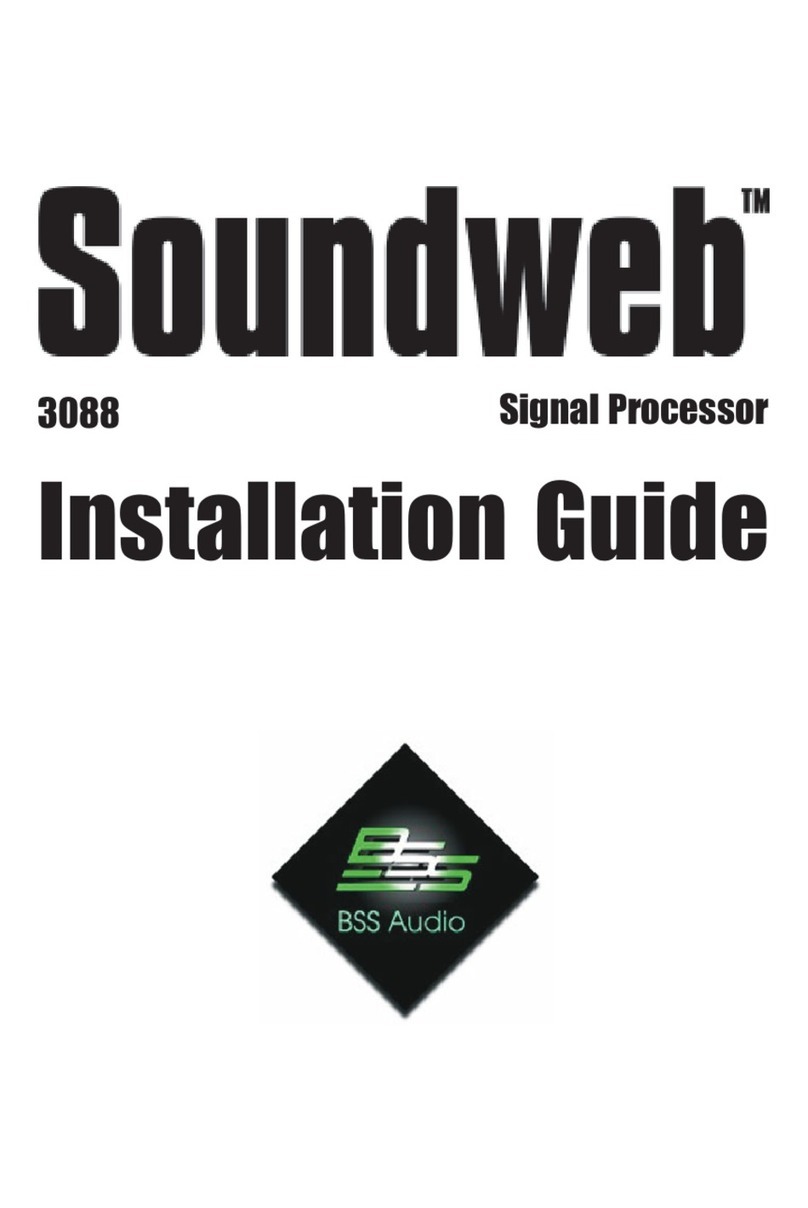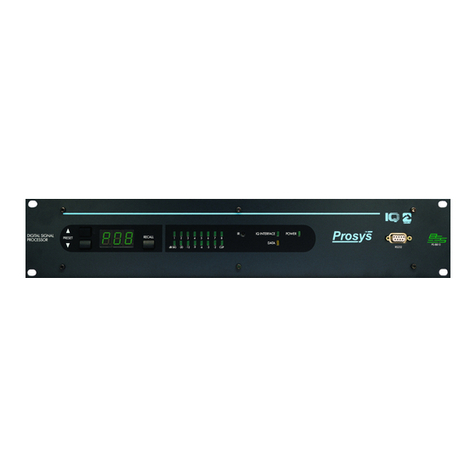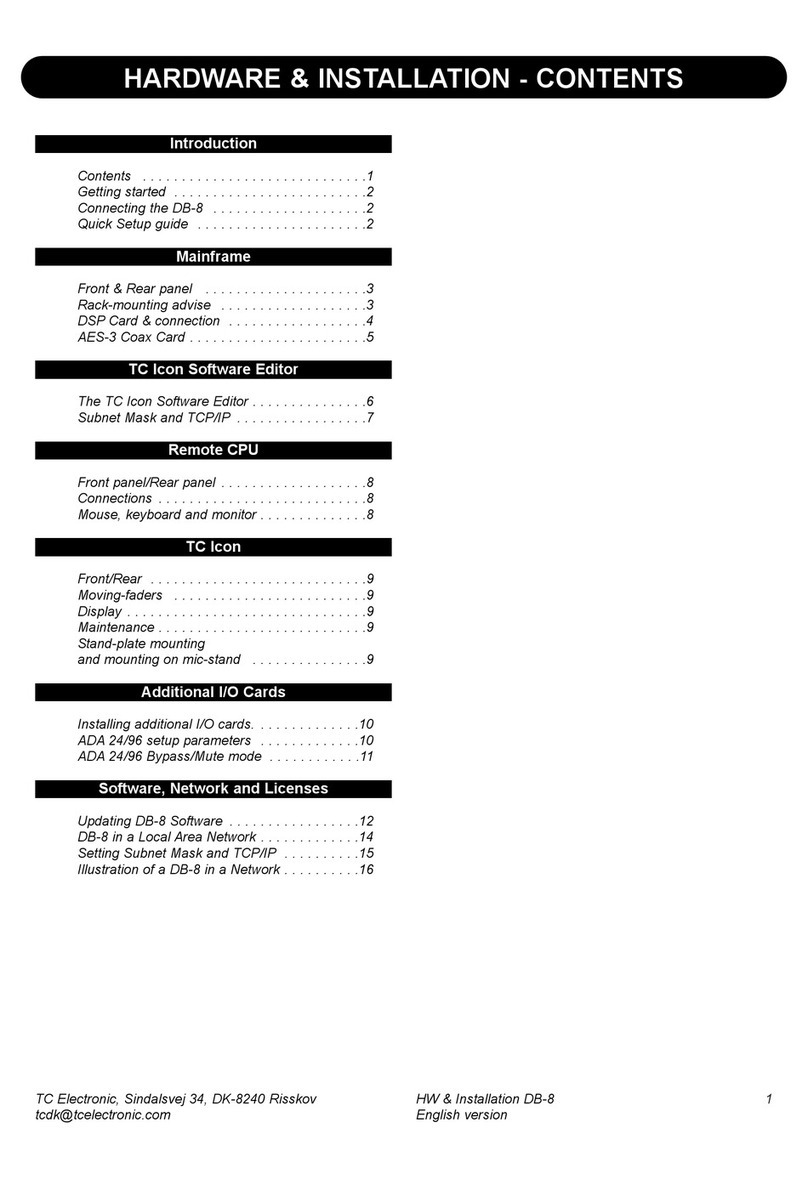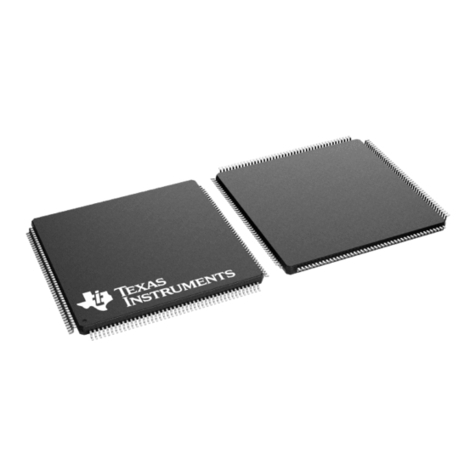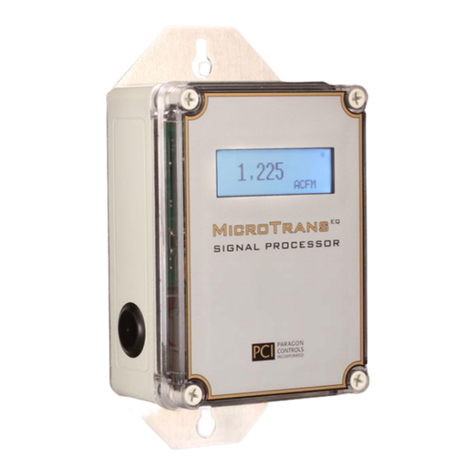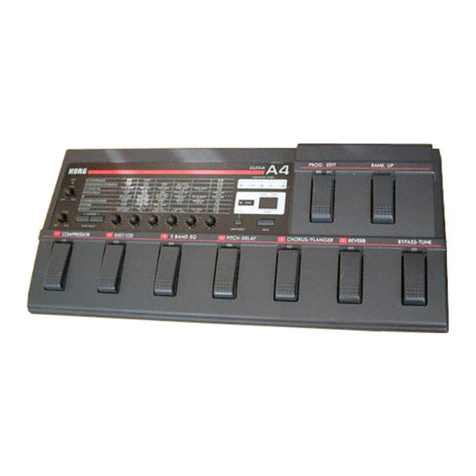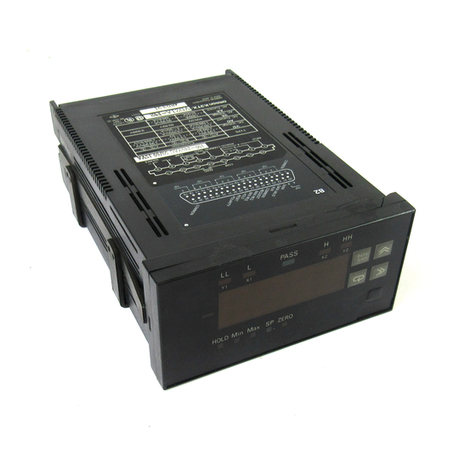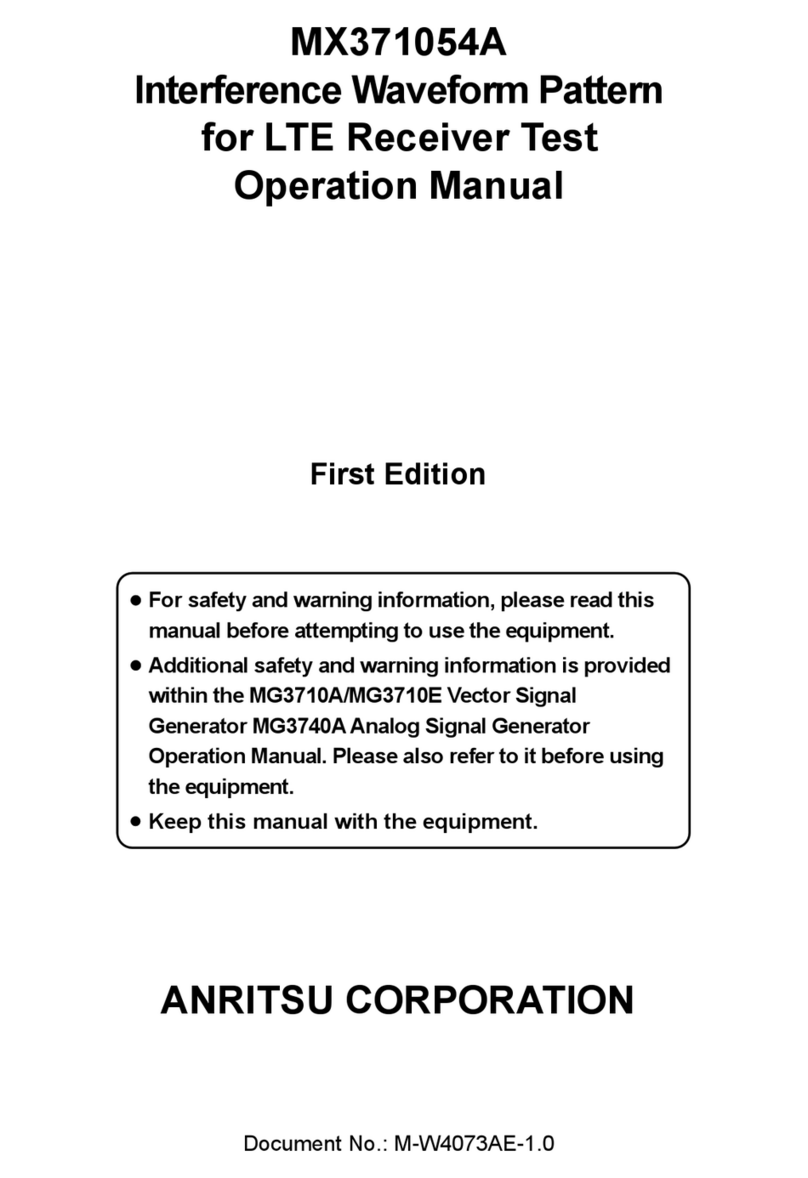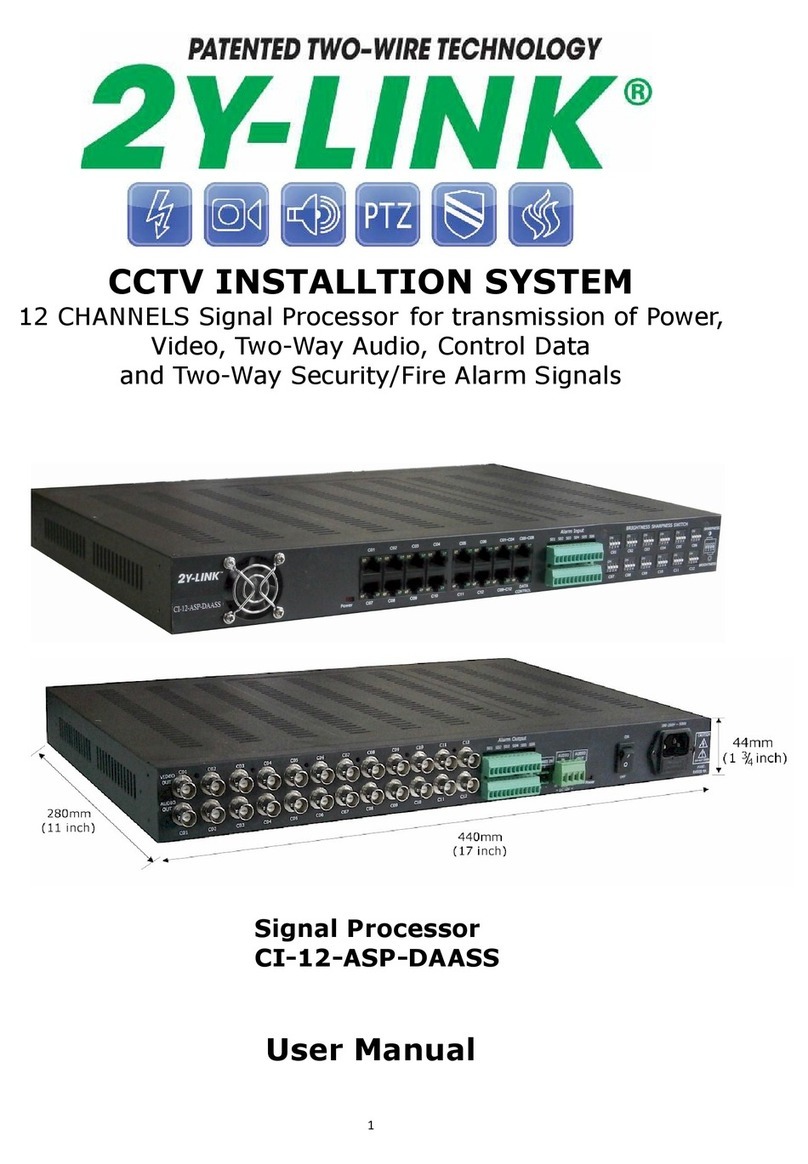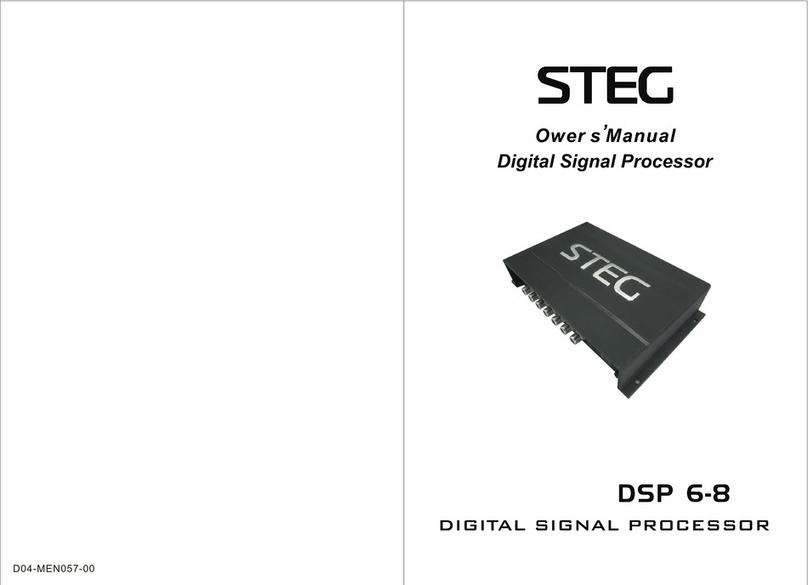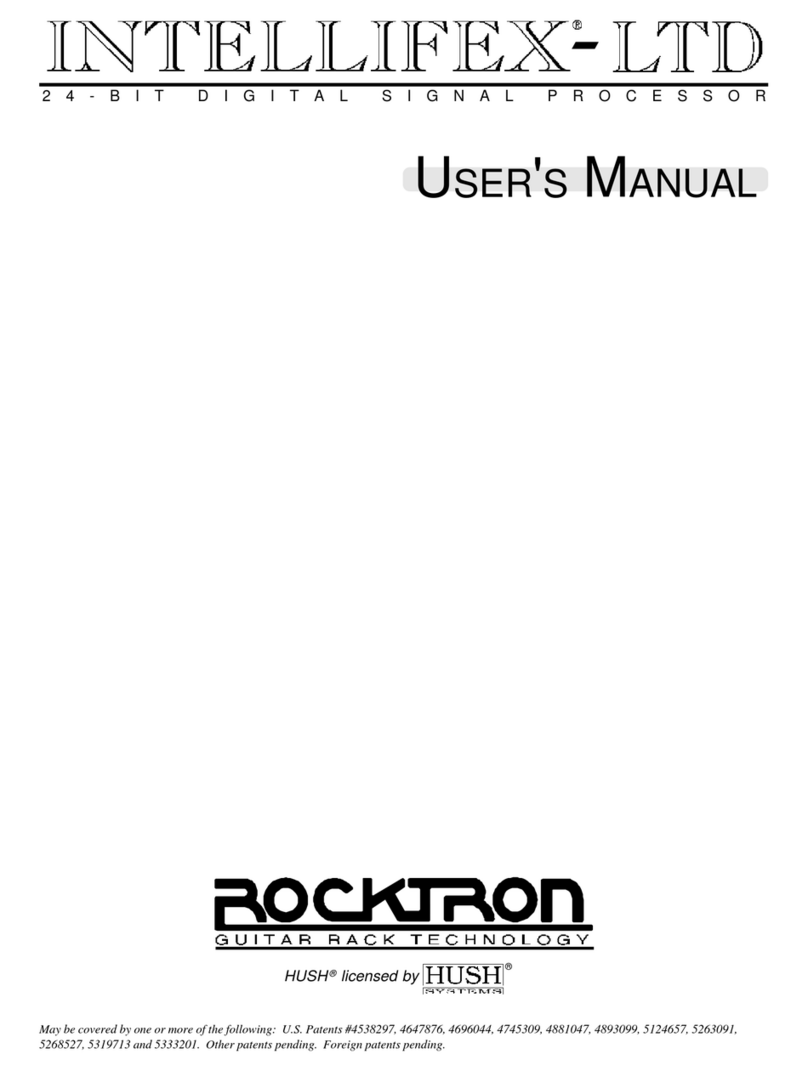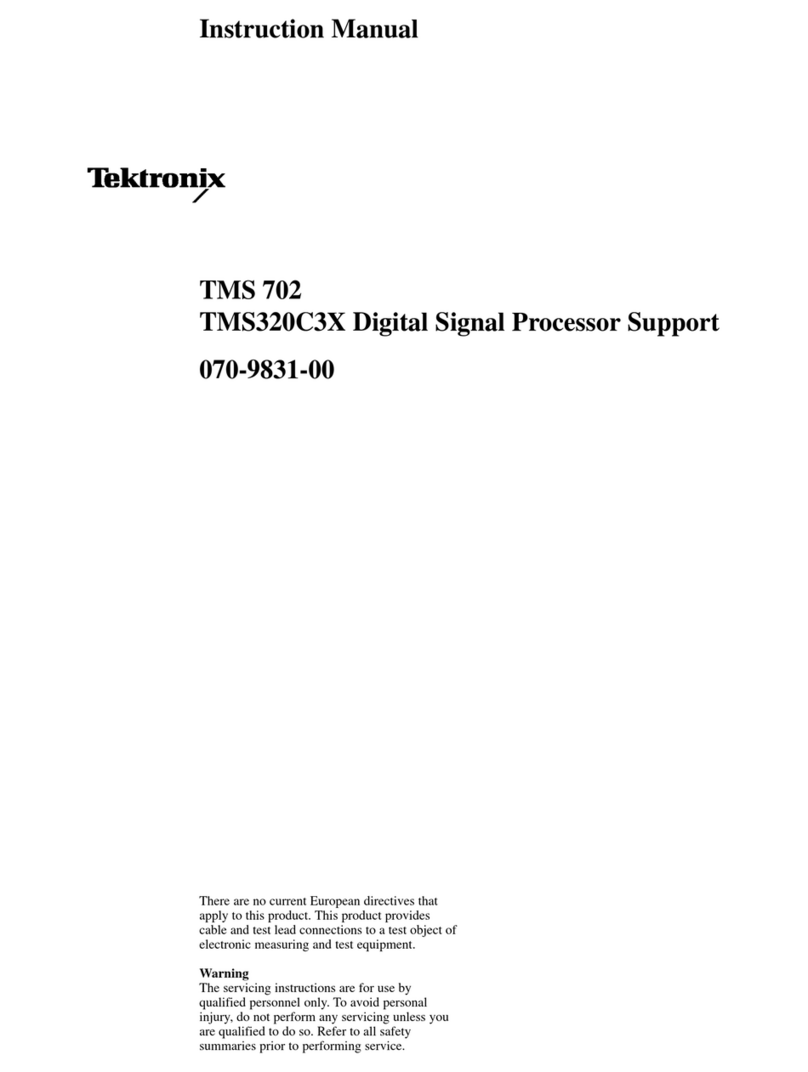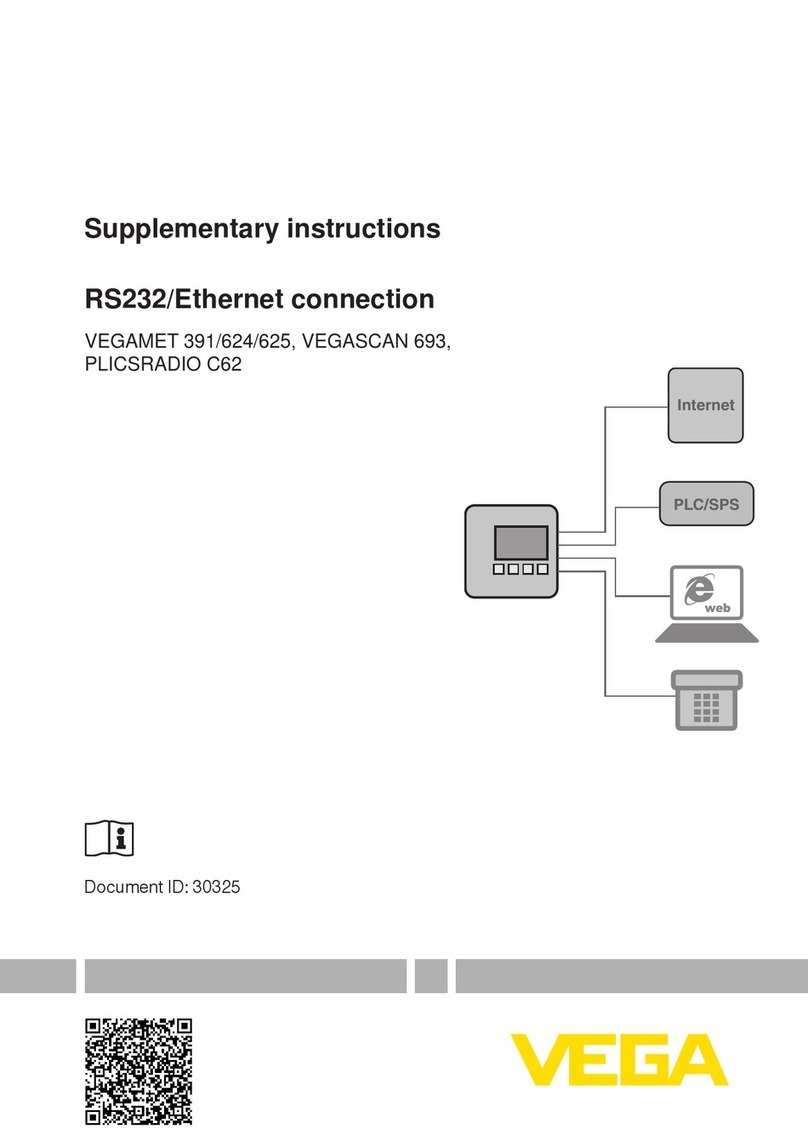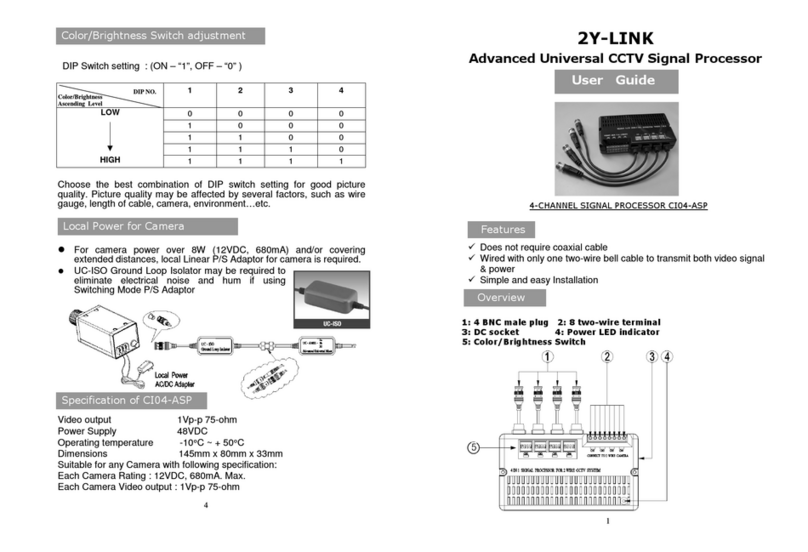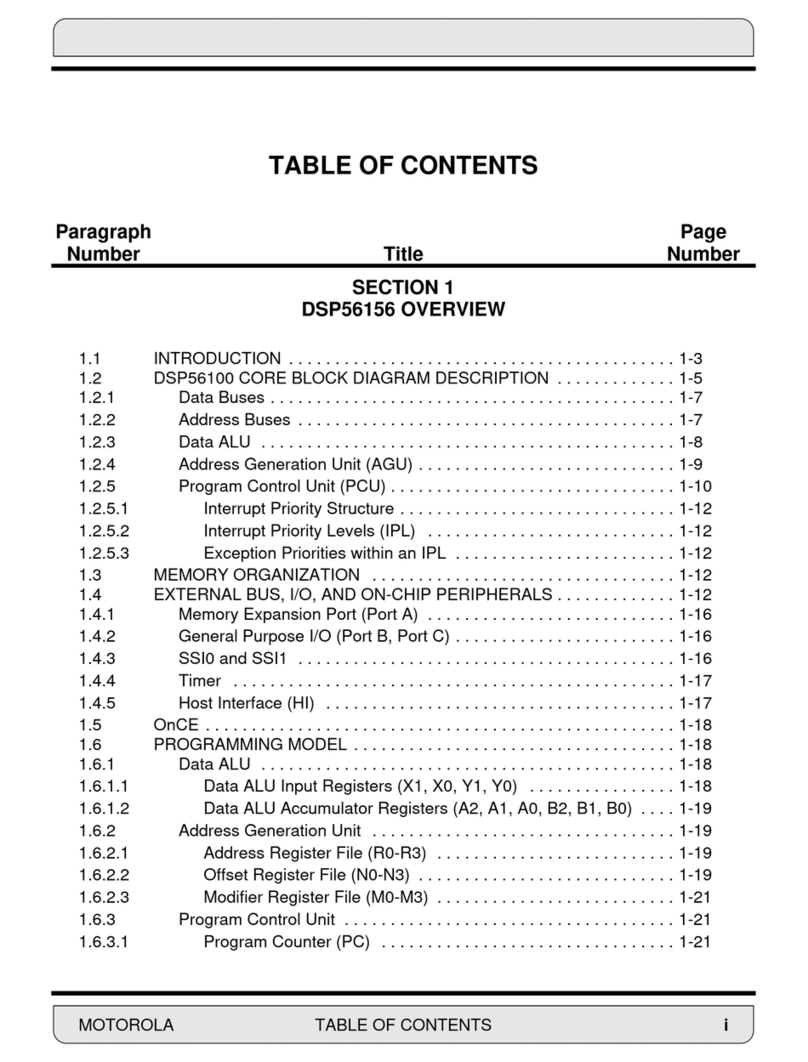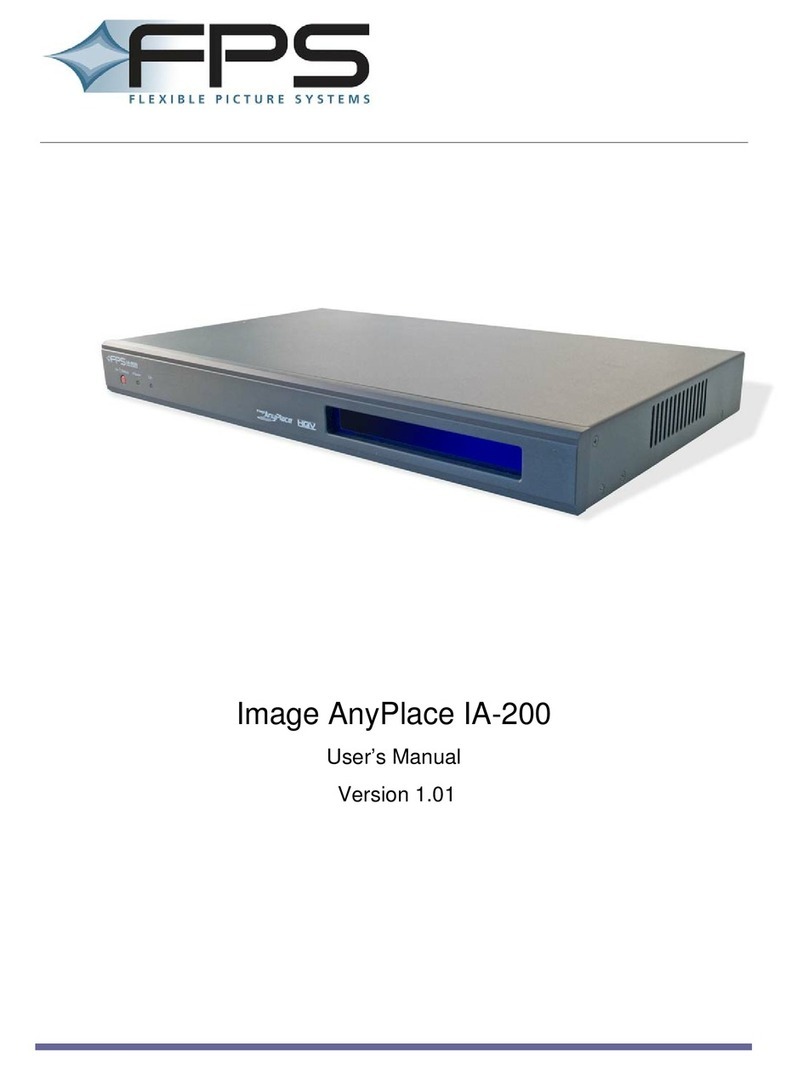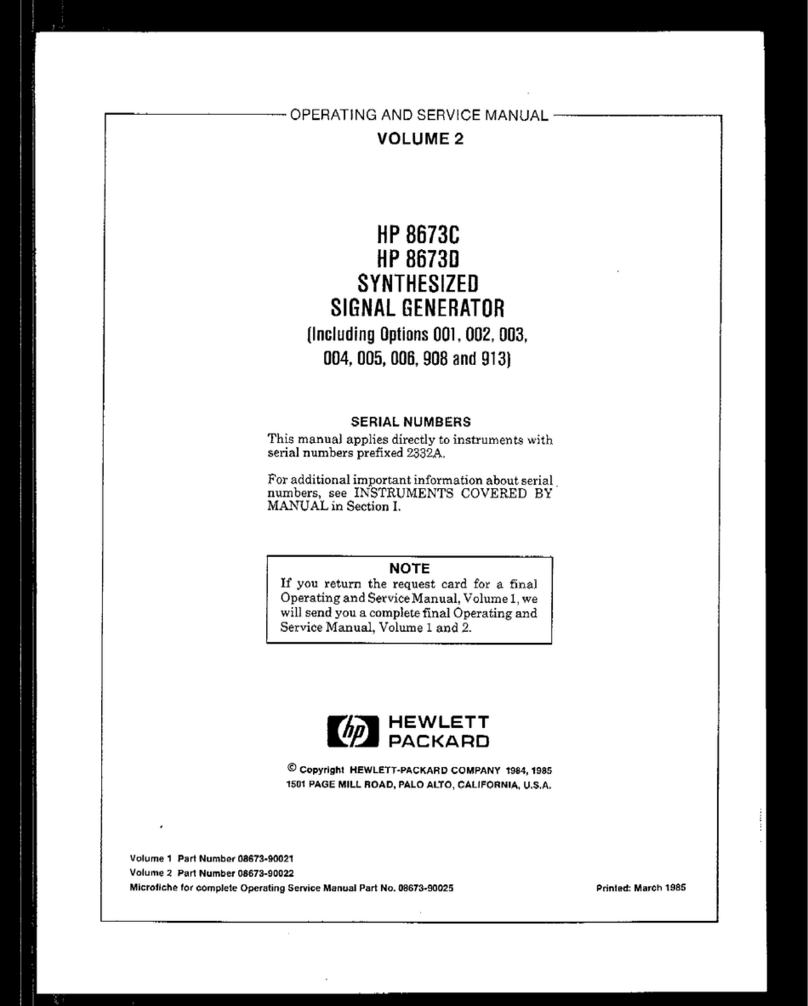SoundwebTM
6
9008 Installation Guide
CONTROL INPUTS
Used to connect switches or potentiometers, e.g. 9012 selector wallplate (Part no. Z-
SW9012).
Looking at the control port connector (on the back of the unit), there are two common
(ground) connections C to the left of the eight CO TROL I PUTS and, two software
assignable reference voltage outputs R to the right.
The control ports now have two modes of operation. In Soundweb Designer's Control
Ports window these are labelled '2-wire' and '3-wire'.
2 wire mode
In this mode the eight CO TROL I PUTS are internally pulled up to +5V DC via a
4.7kOhm resistor. Therefore, no external voltage source is needed to create contact
closure to ground for switches such as mute buttons or, resistance to ground (for other
multi-state or continuous controls such as Parameter Presets or faders).
See the Soundweb Designer help for a table of resistor values for use with Parameter
Presets or source selectors.
Two 'common' ground connections are provided using the two C connectors to the left of
the CO TROL I PUTS.
A 47kOhm-log potentiometer (Part no. DM10018) connected between a control input
and common will allow parameters to be controlled linearly.
3 wire mode
This mode allows the use of linear pots or faders for continuous controls. A pot would be
wired as a potential divider with the top of the track connected to the reference output R,
the wiper to a control input and the bottom of the track to a common C. For good
performance pots with track resistance between 10K and 100KOhms are recommended.
LOGIC OUTPUTS
Used to connect tally indicator LEDs or relays.
There are eight standard LOGIC OUTPUTS which produce 0V or +5V DC via an internal
440 Ohm resistor and two internally connected common (ground) connections C.
An LED connected between one output (Anode, A) and common (Cathode, K) will
illuminate when the logic output is activated, without requiring any external current
limiting resistor.
A high sensitivity relay (such as a reed relay) may be driven by connecting four outputs in
parallel. This arrangement will develop 4V across a 500-Ohm coil, providing that all four
outputs are made logic 1 simultaneously.
OPTO Output
In addition to the eight standard logic outputs, there is an isolated output, which fails safe
(open circuit) if the unit becomes faulty.
This is effectively the collector-emitter of a transistor (which may be thought of as a
switch), in series with a 220-Ohm protection resistor. In conjunction with an external DC
power source (max 80V), this may be used to drive various loads such as relays.
